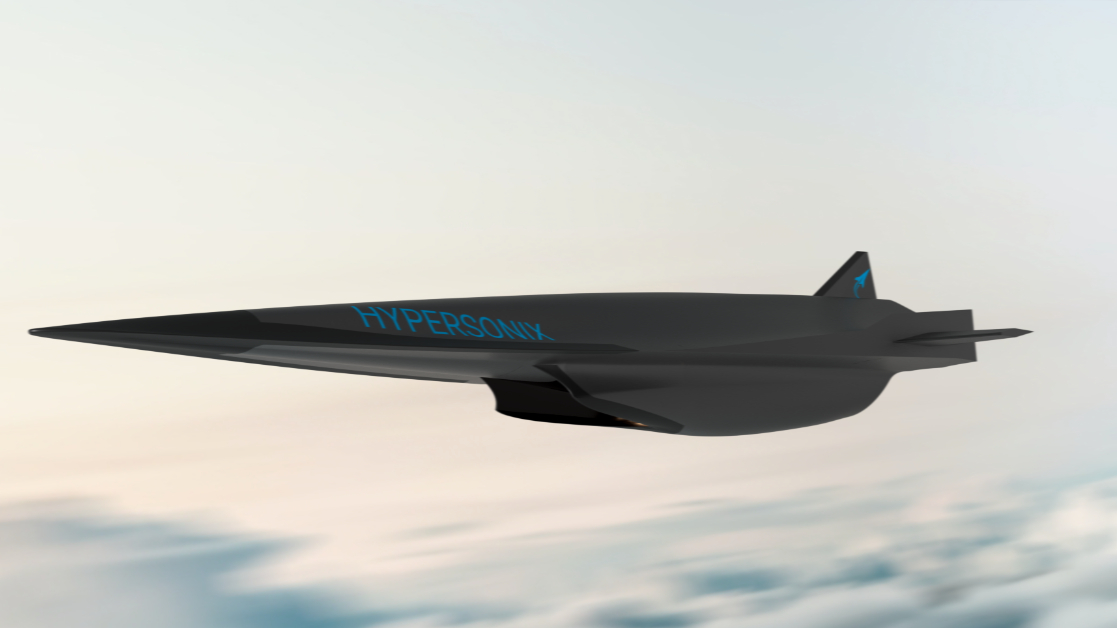US military taps Rocket Lab to launch hypersonic test vehicle in 2025
The mission is scheduled to launch atop Rocket Lab's HASTE suborbital vehicle.

Rocket Lab will launch a drone on its suborbital launch vehicle as part of a U.S. Defense Department hypersonic development project.
The mission is currently scheduled to launch in early 2025 from Rocket Lab's Launch Complex 2 in Virginia. Aboard will be a hypersonic test vehicle for Australian company Hypersonix, SpaceNews reports.
Rocket Lab is known for orbital launches using its Electron rocket. This test mission will, however. fly on the newer, less-heralded suborbital version of the rocket, named HASTE ("Hypersonic Accelerator Suborbital Test Electron").
Related: New Pentagon-funded hypersonic test vehicle could fly in summer 2024
The hypersonic test vehicle set to fly is called DART AE. It's a 9.8-foot-long (3 meters), 660-pound (300 kilograms) scramjet-powered technology demonstrator that can reach speeds of up to Mach 7 (seven times the speed of sound; 5,320 mph, or 8,350 kph), according to the Hypersonix website.
The mission will demonstrate HASTE's 'direct inject' capability by deploying the Hypersonix payload during ascent, while still within Earth's atmosphere, according to a Rocket Lab statement.
The project is funded by the U.S. Defense Department's Defense Innovation Unit (DIU), which focuses on accelerating the adoption of commercial and dual-use technology. This role sees it partner with commercial space companies to address military requirements.
Get the Space.com Newsletter
Breaking space news, the latest updates on rocket launches, skywatching events and more!
Both development of the test vehicle and the launch award are part of DIU's high-cadence testing capabilities (HyCAT) project.
Join our Space Forums to keep talking space on the latest missions, night sky and more! And if you have a news tip, correction or comment, let us know at: community@space.com.

Andrew is a freelance space journalist with a focus on reporting on China's rapidly growing space sector. He began writing for Space.com in 2019 and writes for SpaceNews, IEEE Spectrum, National Geographic, Sky & Telescope, New Scientist and others. Andrew first caught the space bug when, as a youngster, he saw Voyager images of other worlds in our solar system for the first time. Away from space, Andrew enjoys trail running in the forests of Finland. You can follow him on Twitter @AJ_FI.









